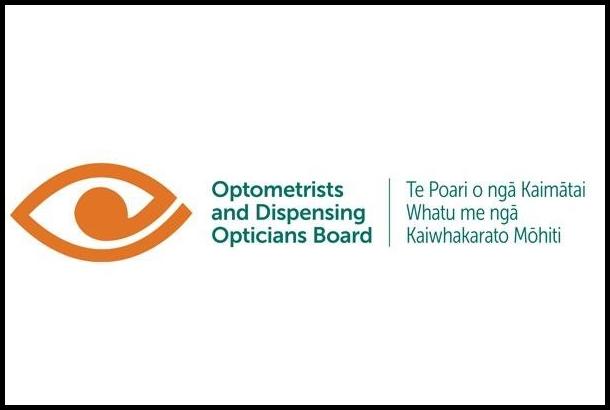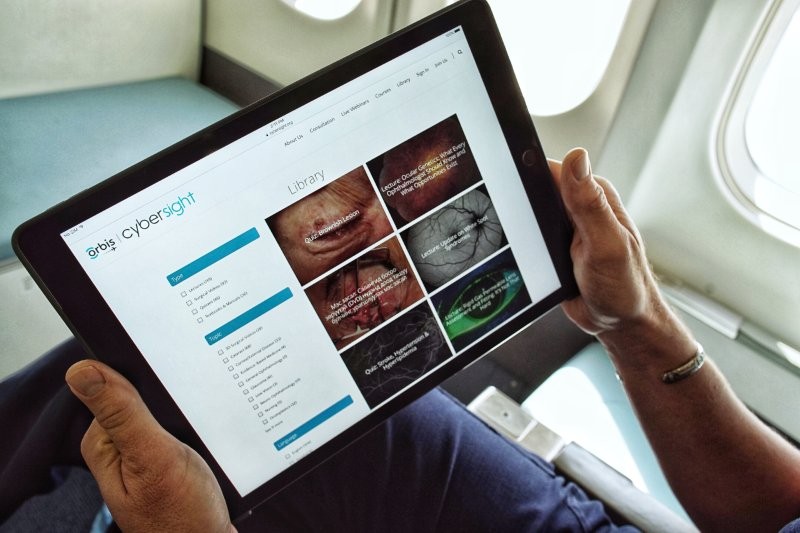New kids’ reading chart
Wellington Hospital paediatric optometrist Natalie Beardsworth has developed a child-friendly reading chart, filling a gap in optometrists’ vision-testing toolkit for children.
Since most reading charts contain difficult vocabulary, Beardsworth decided to design her own to better assess children with reading difficulties, possibly linked to vision. “It has become clear to me over the last few years that a child already struggling with reading is going to find it impossible to read the adult vocabulary on existing charts,” she said.
The only alternative chart Beardsworth had come across had Thomas the Tank Engine text, which is not only dated but designed for adults to read to children. “Giving children this ancient-looking thing with some really big words, you can see how they just kind of give up, whether they can actually see the text or not. So you just end up bypassing this part of the test altogether.”
Having used her new chart for about 12 months in both public and private practice, Beardsworth said it has made testing children’s vision easier. “The beauty with using simple vocabulary is that it’s very easy for them to read and if they are struggling, you can give them a little bit of magnification and, all of a sudden, they start reading fluently. It’s really nice to see and reassuring for the parents too, who are in the room during the test.”

Natalie Beardsworth with her child-friendly reading chart
Designed in collaboration with UK illustrator Rachel Griffin, Beardsworth said the chart’s colourful illustrations are engaging and relatable for children. Using the first 100 sight words (the first words children learn to recognise at school just by sight) and the Comic Sans font, it’s easy for children to read, she said. The first page offers child-friendly text from N32 to N4 and Snellen equivalent, while the second page contains numbers, single letters and symbols for pre-readers or children who are too shy to read aloud, said Beardsworth, stressing that the chart complements existing picture charts for pre-readers, of which she is a regular user.
The illustrations show children of different ethnicities and a child in a wheelchair. Being inclusive and relatable was an important part of the design, Beardsworth said. “Especially in public practice, I see children from all walks of life and I wanted this to be something everyone can engage with.”
To order a chart (one for NZ$50, three for NZ$120), contact Beardsworth direct at beardsworth.readingchart@gmail.com.
For more reading, https://www.nzoptics.co.nz/articles/archive/a-short-history-of-optotypes/ and https://www.nzoptics.co.nz/articles/archive/children-s-eye-chart-upgraded/






















